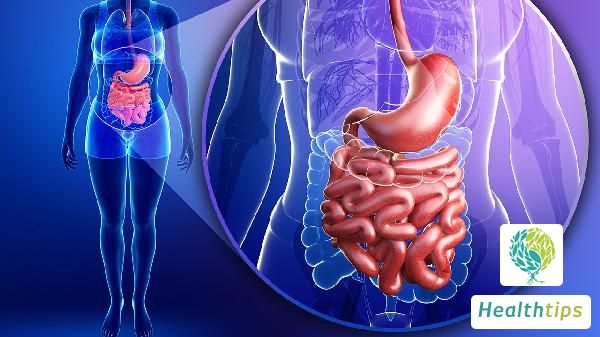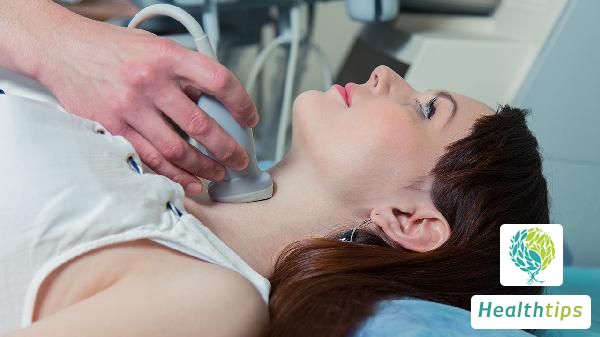Is There a Cure for Being Bitten by a King Cobra?
If bitten by a king cobra, timely and effective treatment can lead to recovery. The venom of the king cobra is extremely potent, causing severe pain at the wound site, swelling and necrosis of local tissues, accompanied by symptoms such as dizziness, fatigue, and difficulty breathing. Immediate emergency treatment should be sought at a formal hospital, including flushing and debridement of the wound, maintaining respiratory patency, administering high-pressure oxygen, and rapidly administering sufficient amounts of anti-cobra venom serum and anti-krait venom serum. Close monitoring of vital signs should be conducted, along with supportive treatments such as fluid replacement, diuretics, anti-infection, and nutritional nerve support.

1. Surgical incision: After routine skin disinfection, make a longitudinal incision of 1.5 cm along the tooth marks, reaching the subcutaneous tissue, or make a "cross-shaped" incision. Squeeze the wound from the proximal end to the distal end to expel the venomous blood. Use a 1/5000 potassium permanganate solution to rinse the wound repeatedly to destroy the venom and reduce its spread and systemic toxicity.
2. Cauterization: If bitten by a venomous snake in the wild, place 5-7 match heads on the wound and ignite them to cauterize the area 1-2 times. The high local temperature can denature and deactivate the venom proteins.
3. Suction: Use suction methods such as sucking with the mouth, cupping, or suction devices to extract the venomous blood from the wound. This can be combined with surgical incision. However, if the suctioner has inflammation or damage to the oral mucosa, suction should not be used to avoid causing poisoning.



















